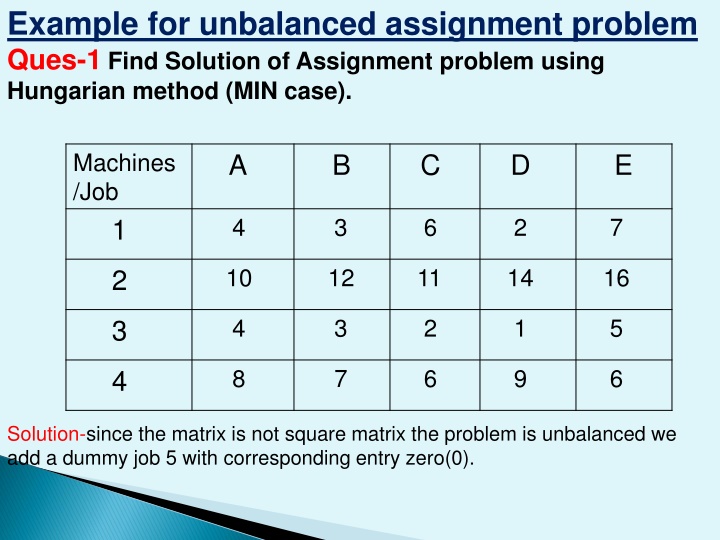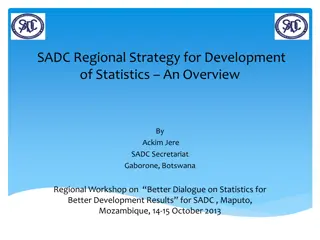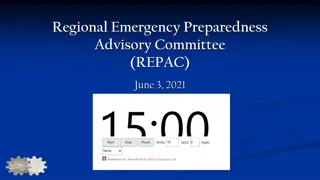HMCC Regional Representatives Meeting June 2014 Highlights
The HMCC Regional Representatives Meeting in June 2014 focused on key questions regarding resources, capacities, and operational models for HMCC planning. Discussions highlighted common health and medical assets, funding priorities, and continuation strategies under the HMCC framework.
Download Presentation

Please find below an Image/Link to download the presentation.
The content on the website is provided AS IS for your information and personal use only. It may not be sold, licensed, or shared on other websites without obtaining consent from the author.If you encounter any issues during the download, it is possible that the publisher has removed the file from their server.
You are allowed to download the files provided on this website for personal or commercial use, subject to the condition that they are used lawfully. All files are the property of their respective owners.
The content on the website is provided AS IS for your information and personal use only. It may not be sold, licensed, or shared on other websites without obtaining consent from the author.
E N D
Presentation Transcript
Example for unbalanced assignment problem Ques-1Find Solution of Assignment problem using Hungarian method (MIN case). Machines /Job 1 A B C D E 4 3 6 2 7 10 12 11 14 16 2 4 3 2 1 5 3 8 7 6 9 6 4 Solution-since the matrix is not square matrix the problem is unbalanced we add a dummy job 5 with corresponding entry zero(0).
Modified matrix: N X N , N=5 Machine /Jobs 1 A B C D E 4 3 6 2 7 2 10 12 11 14 16 3 4 3 2 1 5 4 8 7 6 9 6 5(Dummy) 0 0 0 0 0
We subtract the smallest elements from all the elements from respective rows. We get- A B C D E 2 1 4 0 5 1 0 2 1 4 6 2 3 2 1 0 4 3 2 1 0 3 0 4 0 0 0 0 0 5
We subtract all the smallest elements from all the elements in the respective column. We get- A B C D E 2 1 4 0 5 1 2 0 2 1 4 6 3 2 1 0 4 3 4 2 1 0 3 0 0 0 0 0 0 5
We will get the matrix after ticking method A B C D E 1 0 3 0 4 1 0 2 1 5 6 2 2 1 0 0 3 3 2 1 0 4 0 4 0 0 0 1 0 5 Answer = 3 + 10 + 1 + 6 + 0 = 20//
Once the demand and supply are equal, the following procedure is followed:























